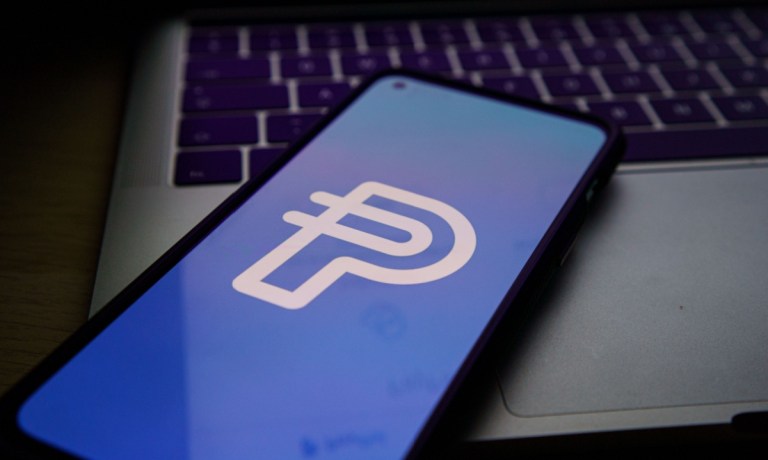
You are the company you keep. And that old adage is good news for stablecoins, the digital currencies pegged to traditional fiat currencies like the U.S. dollar, which have been gaining traction in recent years — in large part because, by being tied to fiat currencies, the company they keep helps stablecoins solve one of the crypto’s biggest problems: volatility.
Unlike cryptocurrencies such as bitcoin and ethereum, which despite their prominence in the crypto space remain known primarily for their price volatility, stablecoins are designed to maintain a stable value, making them ideal for a range of financial applications. FinTechs around the world have taken notice of stablecoin’s ability to offer the benefits of digital currencies without the volatility of cryptocurrencies.
The U.K. FinTech Revolut, is reportedly well along the process of creating its own stablecoin, while PayPal, which launched its PYUSD stablecoin in 2023, has since become fourth-largest stablecoin with a market cap exceeding $730 million.
As the FinTech sector continues to mature, stablecoins are emerging as a critical component, with their impact being felt across payments, remittances, decentralized finance (DeFi), and the broader financial ecosystem, offering a bridge between the traditional financial world and blockchain payments.
After all, the market capitalization of stablecoins as of Monday (Sept. 23) stood at $172 billion — no small sum.
And at the center of stablecoin’s utility within for FinTechs is its potential impact across payments.
Read more: Can Stablecoins Spark Crypto Adoption Across Retail and B2B Markets?
By bypassing traditional banking systems and intermediaries, stablecoins can reduce transaction costs and settlement times, making them particularly appealing for FinTechs focused on tackling the challenge of better global payments.
“Traditional cross-border payments still have a lot of issues with transparency and cost. To get the experience to a 10, it should be — at least from a user experience perspective — like using Venmo: You find the recipient, you pick a currency to send to them, and they instantly have those funds,” Sheraz Shere, GM payments and commerce at Solana Foundation, told PYMNTS.
“Blockchain solutions and stablecoins, I don’t like to use the term crypto because this is more about FinTech, they’ve found product-market-fit in cross-border payments,” Shere emphasized.
While stablecoins were initially popularized by retail users and the crypto community, institutional adoption is accelerating as FinTechs and financial institutions recognize their potential. Major payment processors, such as PayPal, have integrated stablecoins into their offerings, allowing users to buy, hold and sell digital currencies alongside traditional fiat.
In fact, when PayPal Ventures on Friday (Sept. 20) announced its additional investment in Chaos Labs, a company providing blockchain risk management, PayPal made special note that the investment was being made using its PYUSD stablecoin.
And PayPal isn’t alone. This spring, blockchain and cryptocurrency company Ripple revealed its own plans to launch a dollar-pegged stablecoin that is backed 100% by U.S. dollar deposits, short-term U.S. government Treasurys, and other cash equivalents, and the industry is expecting that RLUSD stablecoin will be launched soon.
Banks and financial institutions are also exploring stablecoins for settling transactions and streamlining internal operations. J.P. Morgan, for example, has developed JPM Coin, a stablecoin designed to facilitate instant payments between institutional clients. By leveraging blockchain technology and stablecoins, banks can reduce settlement times from days to seconds, providing efficiency for cross-border payments, securities settlement, and trade finance.
Read more: What CFOs Should Know About the Growing Use of Stablecoins
As the FinTech landscape evolves, stablecoins are poised to play an even bigger role in the global financial system. Their ability to offer the benefits of digital currencies without the volatility of cryptocurrencies makes them an attractive option for businesses, consumers and institutions alike.
Looking ahead, stablecoins could become the foundation for a new era of programmable money, with financial transactions automating and integrating with smart contracts. In such a scenario, stablecoins could facilitate complex transactions, such as escrow services, insurance payouts, and supply chain financing, without the need for intermediaries.
But despite their growing role in FinTech, stablecoins face several regulatory challenges. Given their potential to disrupt traditional financial systems, regulators around the world are scrutinizing stablecoins more closely. Concerns range from the stability of the assets backing these digital currencies to the potential for money laundering and other illicit activities.